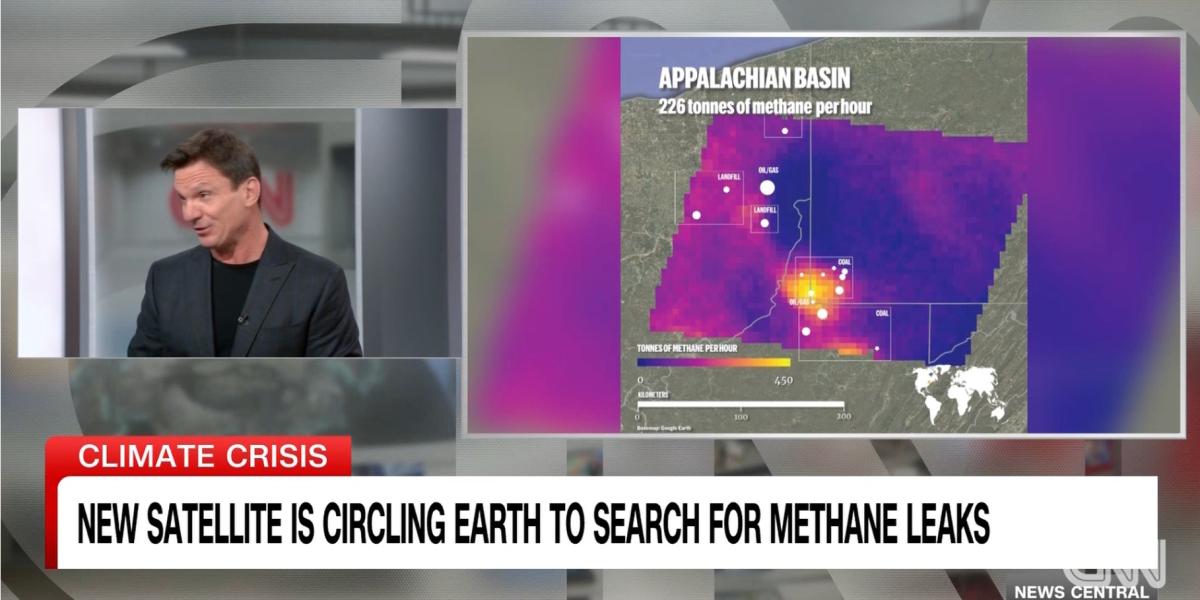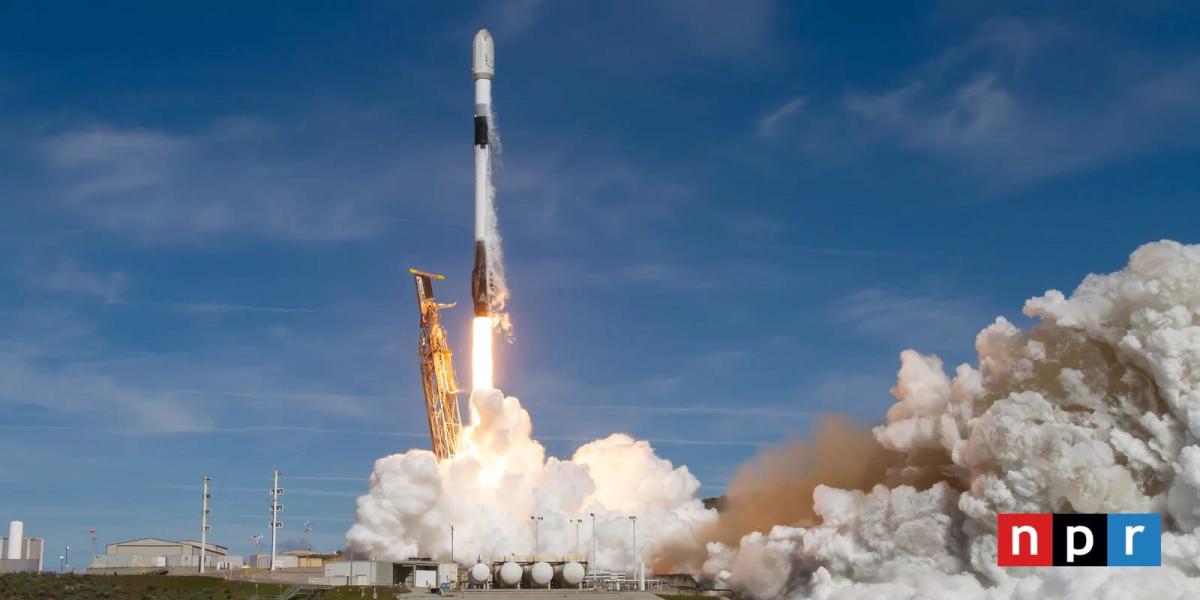Slow global warming fast with MethaneSAT
On June 20, 2025, MethaneSAT mission operations lost contact with MethaneSAT. After pursuing all options to restore communications, we now believe it’s unlikely the satellite can be recovered.
While this is difficult news, it’s not the end of the overall MethaneSAT effort, or of our work to slash methane emissions. The pioneering science, technology and advocacy of this mission will continue.
Climate change is out of control. People around the world are feeling the effects of global warming every day: drought, hunger, fires, extreme weather, rising seas.
Sometimes the problem feels too big to solve, but it’s not. We can avoid the worst impacts if we act now. That’s why we created MethaneSAT.
MethaneSAT’s game-changing opportunity
The fastest way to slow global warming is to slash methane pollution. Methane is a potent greenhouse gas with over 80 times the warming power of carbon dioxide, over the first 20 years after it’s released into the atmosphere. It’s also the main ingredient in natural gas.
Methane from fossil fuel operations, agriculture and other industries has a massively outsized influence on the climate. It’s responsible for about 30% of today’s global warming. But finding these invisible emissions is tough, and we don’t have a clear picture of where they are or who’s responsible for them.
This satellite does what no other can
MethaneSAT is the only methane-detecting satellite that sees the whole picture. It measures pollution from millions of small sources around the world that are a huge part of the problem.
It has one purpose — to speed up reductions in methane emissions as quickly as possible, so we can slow down global warming. MethaneSAT data will be public so that companies, governments and advocates can speed up emissions cuts, track progress and hold polluters truly accountable.
It’s the first satellite developed and funded by any environmental nonprofit organization. And we launched it into orbit in March 2024. New images from the satellite demonstrate its groundbreaking abilities.
MSAT Video
Dig deeper into what makes MethaneSAT unique
EDF laid the groundwork for this extraordinary satellite with more than a decade of research on how methane contributes to global warming — and what to do about it:
-
See how MethaneSAT is different, set to revolutionize measurement of methane pollution and slow global warming.
-
Learn why the missing link to effectively reducing methane emissions is the data that will hold polluters accountable.
-
Read about our MethaneAIR project that tracked methane in the skies — to prepare for MethaneSAT in space.
MethaneSAT in the news
-
-
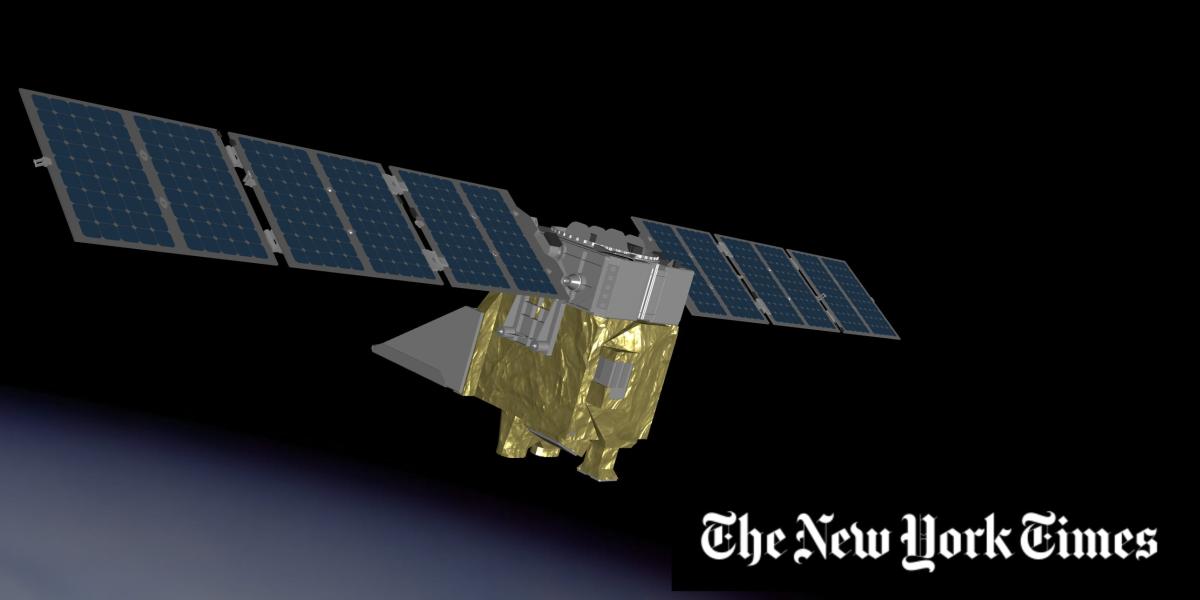
The New York Times: Tracking an Invisible Climate Menace From 360 Miles Above
-
-
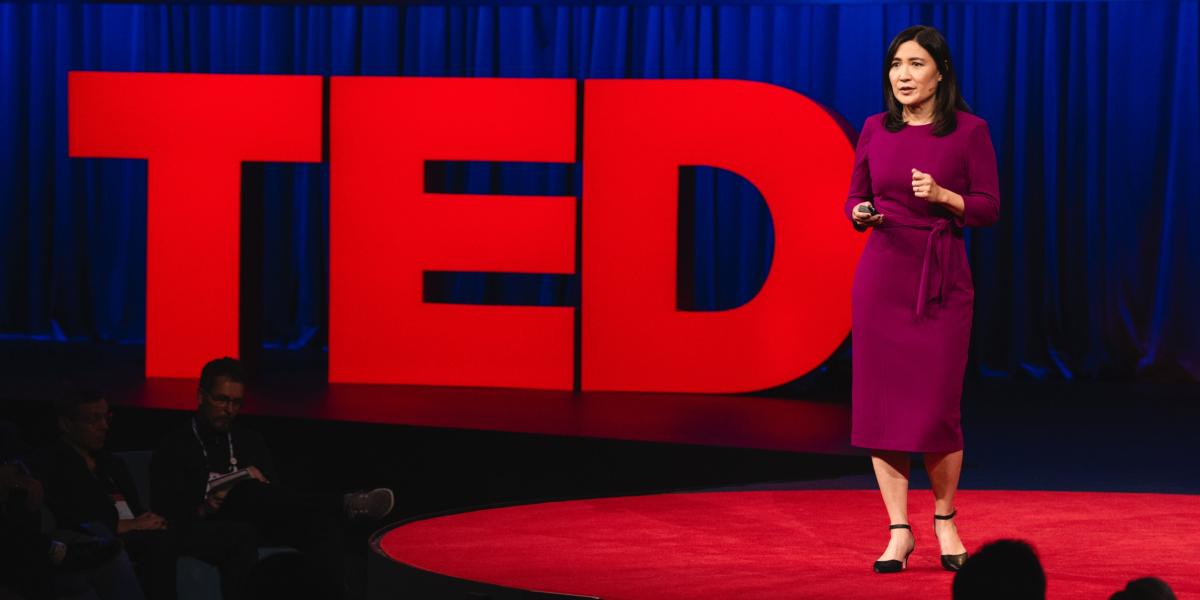
TED Talk by EDF’s Millie Chu Baird: See how MethaneSAT will protect the climate
-
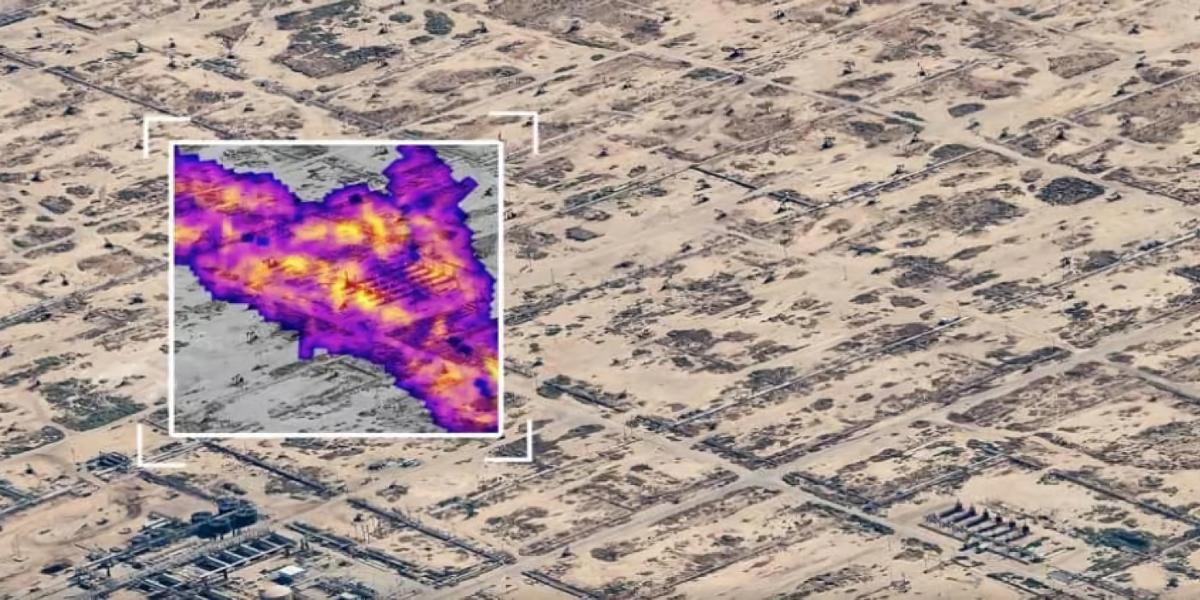
EDF Vital Signs article: A global hunt for a hidden climate threat
-

New data on U.S. oil and gas methane emissions: Over four times higher than EPA estimates
EDF’s role putting methane in the global spotlight
EDF is the pioneering environmental organization that combined science, economics and advocacy to bring global attention to methane’s climate impact.
View methane timeline
Our approach of working with all kinds of partners uniquely positioned us to develop a solution like MethaneSAT.
Learn about partnerships
From aerospace giants to leading educational institutions, select partners include:
- Ball Aerospace
- Blue Canyon Technologies
- IO Aerospace
- New Zealand Space Agency
- Science partners at Harvard School of Engineering and Applied Sciences
- Science partners at Smithsonian Astrophysical Observatory
- SpaceX
Top experts leading this mission
Scientists from EDF, Harvard University and the Smithsonian Astrophysical Observatory partner on MethaneSAT. Meet some key EDF team members.
MEDIA CONTACT
Jon Coifman
(917) 575-1885 (office)











